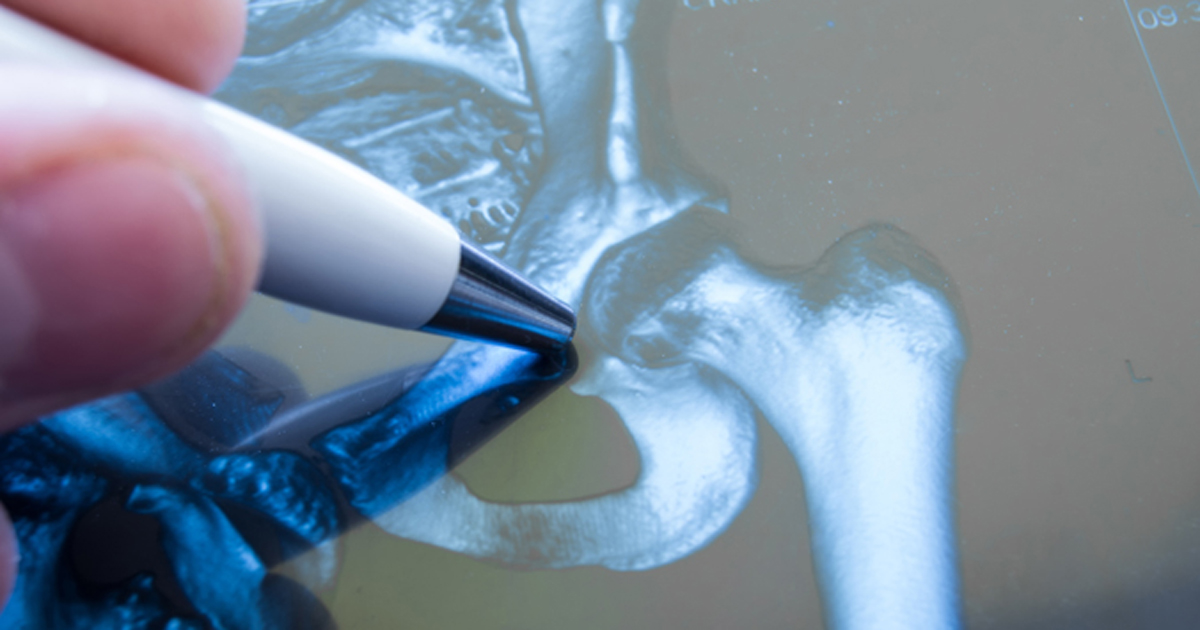Bone strength, BMD increase more substantially with romosozumab vs. alendronate
Among a cohort of postmenopausal women randomly assigned to romosozumab or alendronate, larger improvements in bone mineral density and bone strength in the lumbar spine were observed for those taking romosozumab, according to findings presented at the American Society of Bone and Mineral Research annual meeting.

“This research demonstrates the superiority of a new bone-building agent, romosozumab, compared to a commonly used antiresorptive, alendronate, in rapidly and sustainably increasing integral — sum of cortical shell and trabecular bone of the vertebral body — volumetric bone mineral density by quantitative CT and bone strength estimated by quantitative CT/finite element analysis at [the] lumbar spine,” Jacques P. Brown, MD, of CHU de Quebec Research Center of Laval University in Quebec City, told Endocrine Today.
In a subanalysis of the ARCH trial, Brown and colleagues evaluated data from 90 postmenopausal women (mean age, 73 years) with osteoporosis and vertebral fracture history randomly assigned a monthly 210 mg subcutaneous regimen of romosozumab (Evenity, Amgen) or a weekly 70 mg oral regimen of alendronate. Both regimens were followed for 12 months at which point all participants followed the alendronate regimen for another 12 months. At baseline, 6 months, 12 months and 24 months, researchers used quantitative CT to identify changes in BMD and finite element analysis to identify changes in bone strength at the lumbar spine.
When compared against baseline measures, the researchers observed a 17.7% increase in lumbar spine BMD at 6 months for those taking romosozumab vs. a 5.6% increase for those taking alendronate (P < .001). In addition, there was a 21.9% increase in lumbar spine BMD at 12 months for those taking romosozumab compared with a 7.3% increase for those taking alendronate (P < .001). At 24 months, those who began on romosozumab had a 21.4% increase over baseline measures, and those who took alendronate for the entire study period had a 7.9% increase (P < .001).

The researchers further observed a 23.4% increase in lumbar spine bone strength between baseline and 6 months in the romosozumab group compared with a 6.9% increase for those in the alendronate group (P < .001). At 12 months, there was a 28.1% increase from baseline in lumbar spine bone strength in the romosozumab group and a 7.7% increase in the alendronate group (P < .001). Those who initially began on romosozumab had a 25.8% increase in lumbar spine bone strength compared with baseline at 24 months compared with a 3.8% increase for those taking alendronate for the entire study (P < .001).
“The rapid and large increases in BMD with romosozumab followed by BMD consolidation when transitioning to alendronate support the important role of romosozumab as a first-line therapy in treating patients at very high risk for fracture,” Brown said. – by Phil Neuffer
Reference:
Brown JP, et al. Abstract 1050. Presented at: American Society of Bone and Mineral Research; Sept. 20-23, 2019; Orlando.
Disclosure: Brown reports he has received grant and research support from Mereo BioPharma, Radius and Servier, served as a consultant for Amgen, Eli Lilly and Servier and served on the speakers bureau for Amgen and Eli Lilly.


